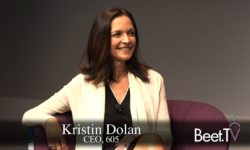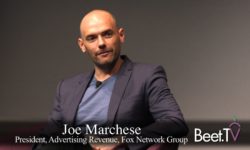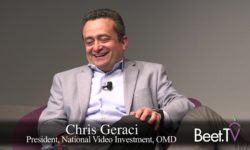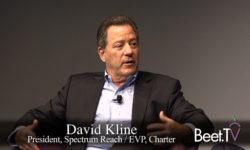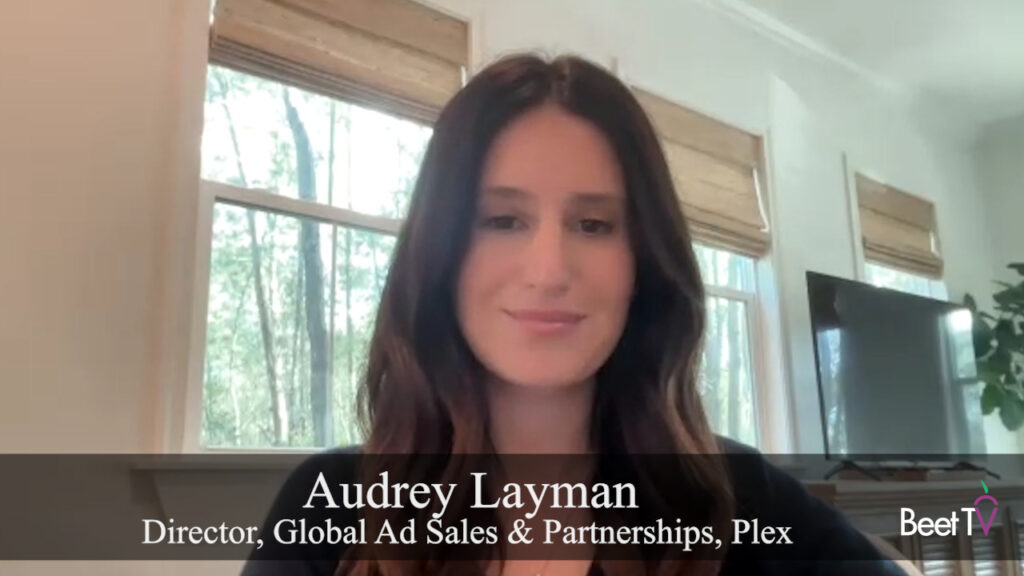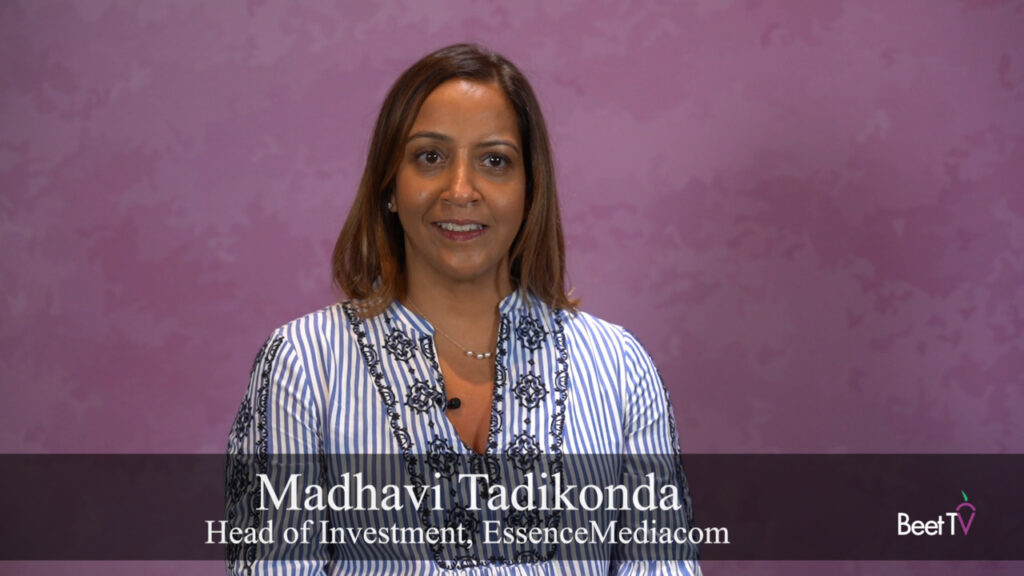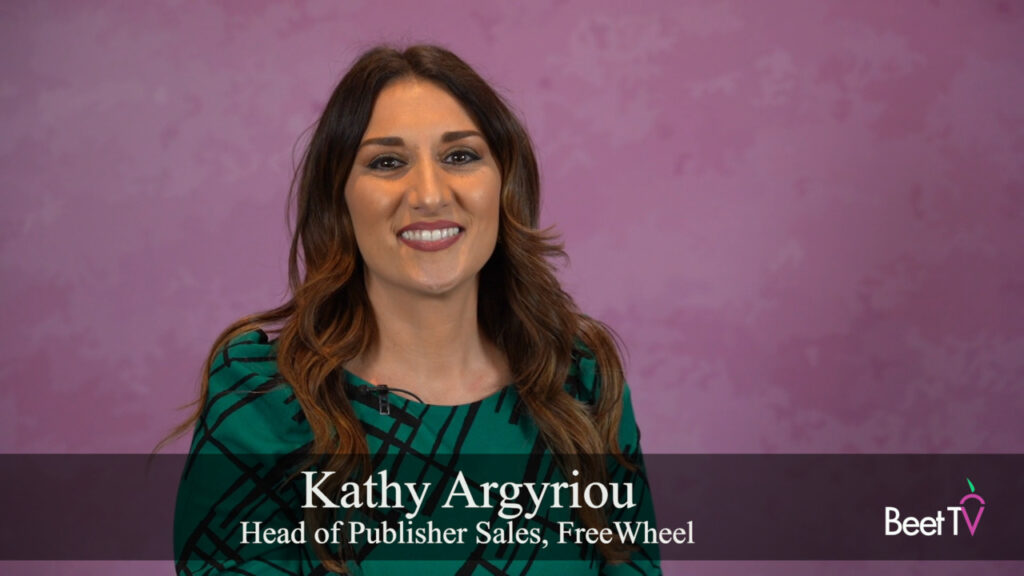Widespread change requires “a lot of experimentation for people to change dramatically,” and that process has just begun in the quest for more advanced television targeting, according to LiveRamp’s Allison Metcalfe. Then there is complexity, which can inhibit change when not all entities are committed to changing at the same pace, notes Mike Rosen of NBCUniversal.
As an example, he explained during a panel discussion at the recent Beet Retreat in the City the process involved in NBC executing dynamic ad insertion. “Through FreeWheel, there’s probably 700 right now end points of where we have to integrate into in order to be able do that. But it can be done,” said Rosen, who is EVP, Advanced Advertising & Platform Sales.
That’s the good news. However, more than 90% of NBC’s impressions are still delivered in a live, linear fashion.
“It’s going to involve programmers and distributors, MVPD’s, virtual MVPD’s coming together both to solve for the tech as well for the business rules. We are a business of legacy. It’s hard to change that but the will is there,” said Rosen.
Moderator Laura Desmond, who until recently was CEO of Starcom, asked whether the traditional value exchange between content providers, consumers and advertisers is “broken.”
Vikram Somaya of ESPN said the value exchange “isn’t good enough. For a long time, everybody in the system was making money and it made it very hard to change. We’re getting to the point now where everyone in the system is not making the money they used to make and suddenly we have to look in the couch cushions a little more than we had to.”
Desmond described the efficiency and effectiveness of TV advertising before describing a scenario that is destined to become as antiquated as rabbit ear antennae on top of a TV set. “You push a button, the commercial goes out, it airs, time delay, you post it, done. That’s a pretty simple and easy model.”
So is lack of education inhibiting the adoption of addressable TV ads? “The ad-supported experience needs to change,” responded Rosen. “Limiting commercials, but also it is about relevancy. We do know that ads that are more relevant to the user are going to be less annoying or perhaps not annoying at all or even welcome. Data’s going to help us with that.”
Asked by Desmond about the role of automation, Metcalfe, who is GM of LiveRamp TV at LiveRamp, said technology isn’t the problem. She recalled that before LiveRamp was acquired in 2014 by Acxiom, companies like Facebook “weren’t really interested in working with us yet. We didn’t have the reputation we needed, etcetera. Acxiom brought that to us.”
LiveRamp was in the early stages of powering custom audiences for companies like Facebook, but it wasn’t easy working with them because they wanted to control every last detail. “And it’s very similar to what I’m seeing now working in the TV industry today because it started to ramp up and become a larger part of their business. Everybody has to get comfortable with losing a bit of control.”
Asked by Desmond whether ESPN parent Disney is ready to compete in direct-to-consumer content delivery with the likes of Roku, Hulu and YouTube TV, Pandit said one of the joys of sports is that “no matter where you go you will get advertising.
“We can’t put our heads in the sand and say we should not go down the DTC route because we’ve done very well with pay TV and very well with digital. We have to be open to what consumers want us to do,” said Pandit.
This video was produced at the Beet Retreat in City & Town Hall on June 6, 2018 in New York City. The event and video series are presented by LiveRamp, TiVo, true[X] and 605. For more videos from the series, please visit this page.










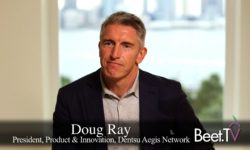

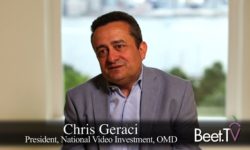
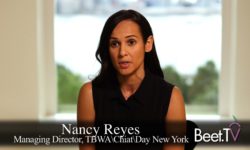
![The Next Frontiers For true[X]: Voice Activation, Engagement Ads In Live Events](https://www.beet.tv/wp-content/uploads/2018/06/thumbnail-25-250x150.jpg)
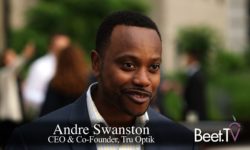
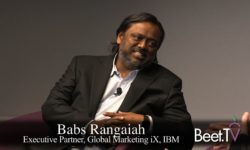
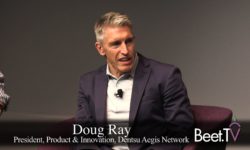
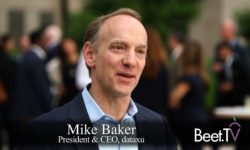

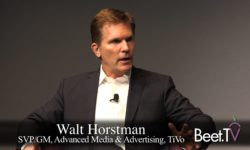
![true[X]’s Midha Revels In Vogue For Lower Ad Load](https://www.beet.tv/wp-content/uploads/2018/06/thumbnail-55-250x150.jpg)
